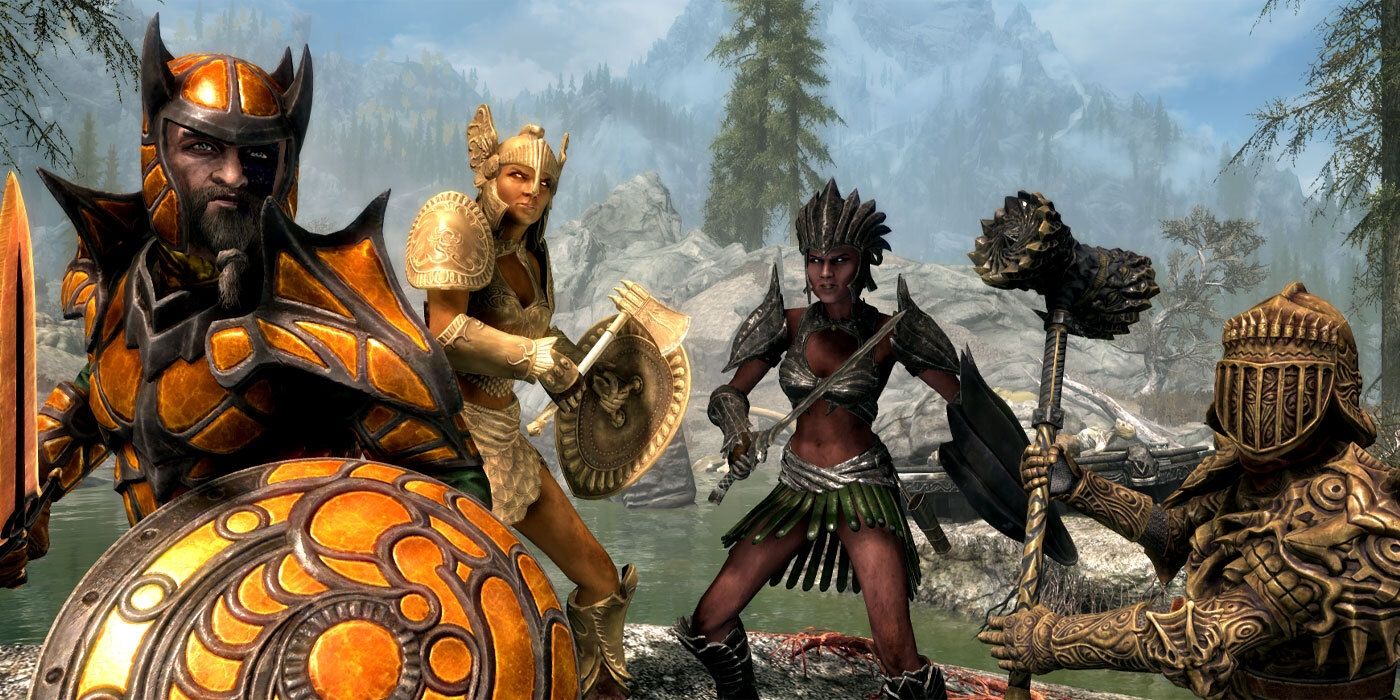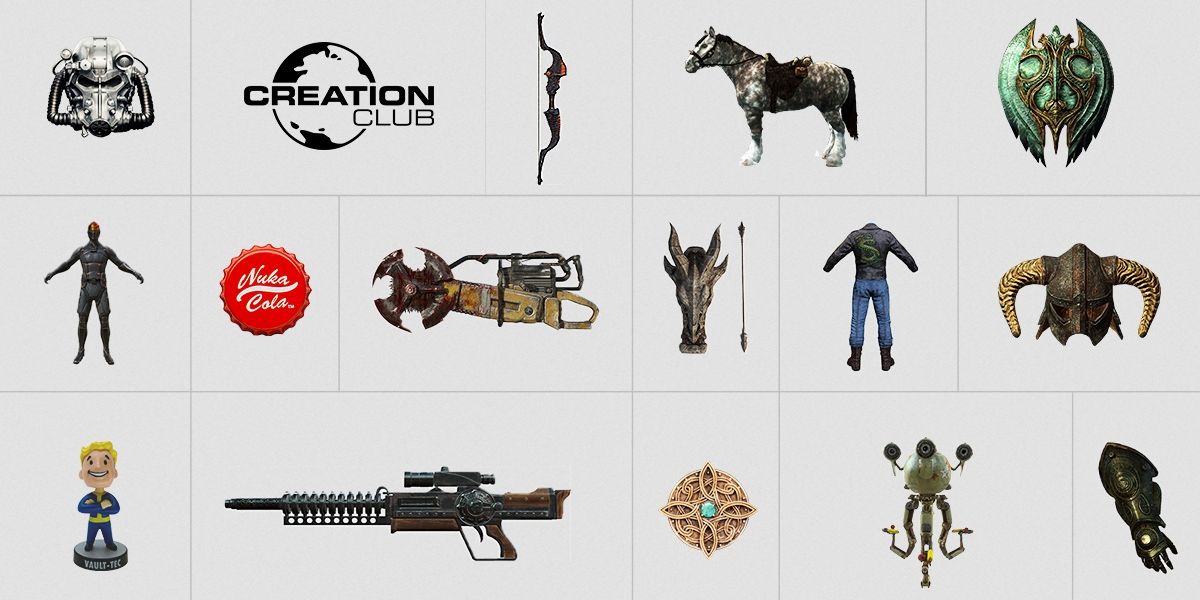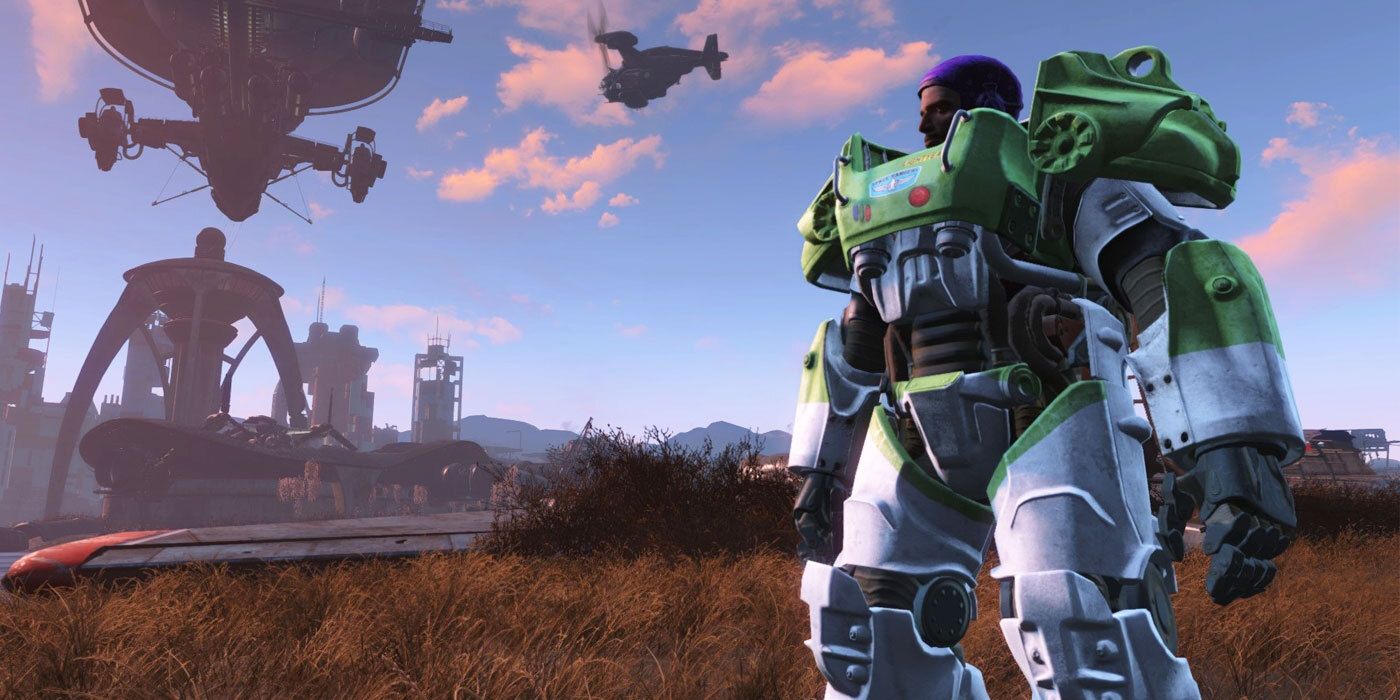When Bethesda first announced its Creation Club in 2017, fans were skeptical. From the outset, many assumed it to be a mere rebrand of the disastrous "paid mods" concept that the company announced and subsequently canceled in 2015 after immense backlash. Four years later, the Creation Club has stuck around -- but arguments on its existence from both sides continue to rage on.
The Creation Club releases new content for both The Elder Scrolls V: Skyrim and Fallout 4 sporadically. These new pieces of content range from new Pip-Boy colors to brand new weapons obtained in miniature quests that are created either by Bethesda Softworks or community creators who have pitched their ideas to the publisher. Bethesda has been adamant since day one that the pieces of content produced for the service are not paid mods, and are polished, fully compatible pieces of content.
In essence, the Creation Club is little more than a microtransaction marketplace. Players need to purchase a special currency called Creation Club credits, which can be exchanged for items in the storefront. While the purposefully curated selection of high-quality additions to the game certainly sets it apart from the initial paid mods idea, which would have seen any and all content for sale, it is easy to see the complaints many fans still have surrounding the service.
The biggest issue players bring up is the price of new pieces of content. For example, a single new weapon in Skyrim could cost a player $2-3, and while these weapons are more often than not obtained through a unique quest, fans mostly view these excursions as too short and uneventful to be a selling point. Microtransactions are unpopular almost everywhere that they are implemented, and the Creation Club is no exception.
One area where the Creation Club does earn some props, though, is in its collaboration with community content creators. Notable modders are compensated for their work, which has become official content in the two juggernaut titles. Rather than Bethesda simply profiting from the work of others, it essentially contracts community creators who have pitched interesting ideas, paying them for their time and efforts. Creation Club does add some interesting new content to games in an official capacity, which especially valuable especially for console players who have limits on which mods they can download and play.
Still, Creation Club remains a divisive subject. On the one hand, access to new content for older titles is refreshing for die-hard fans that still play these two games regularly; on the other, the modding community creates more substantial content entirely for free. This has left many fans questioning why Bethesda felt the need to get involved in this aspect of the community in such a direct way in the first place.
In the end, the Creation Club is a rather minor addition to both Skyrim and Fallout 4. It is neither the groundbreaking success Bethesda hoped for or the catastrophic failure that fans fears, offering a handful of quality pieces of content at a price some consider too high. The return of several iconic pieces of equipment and gear from past titles, like Oblivion's Gray Cowl of Nocturnal or DOOM's BFG-9000 are largely inoffensive releases that may be worth picking up on sale.
Ultimately, the Creation Club's future will be determined by future Bethesda games. Starfield and The Elder Scrolls VI will almost definitely utilize the feature, and while the Creation Club has the potential to be a treasure trove of new content for fans with frequent updates and lower prices, it could also end up becoming everything fans feared -- a selection of soulless microtransactions in a full-price single-player game.



